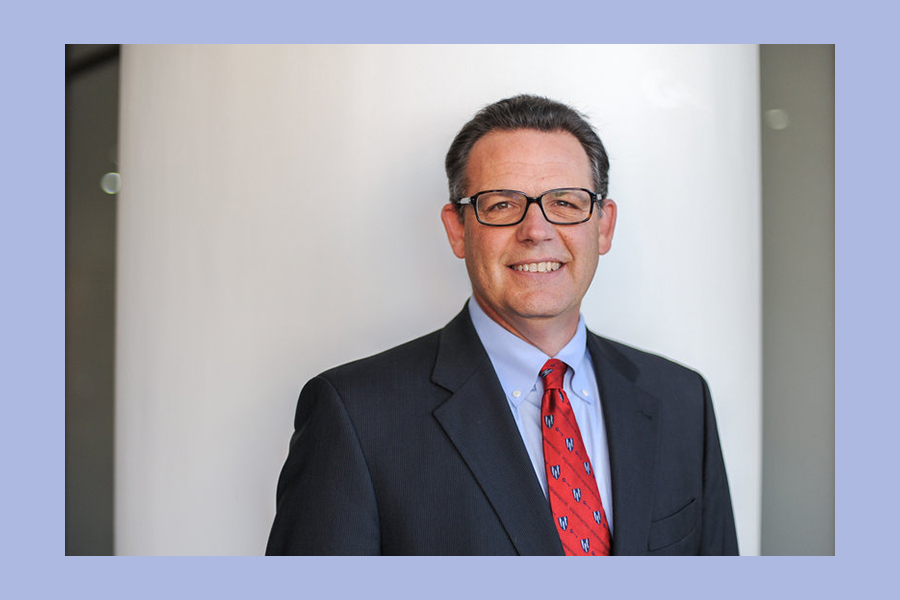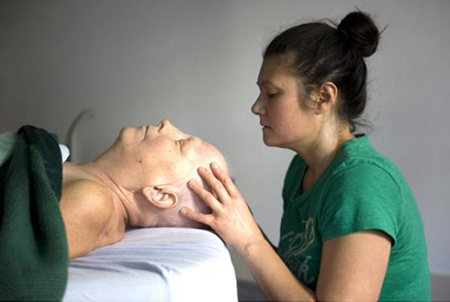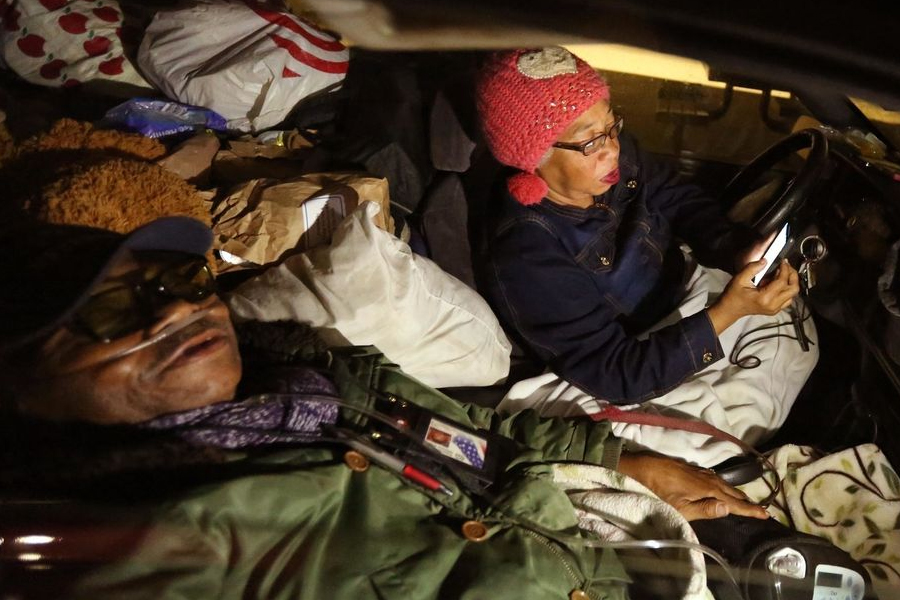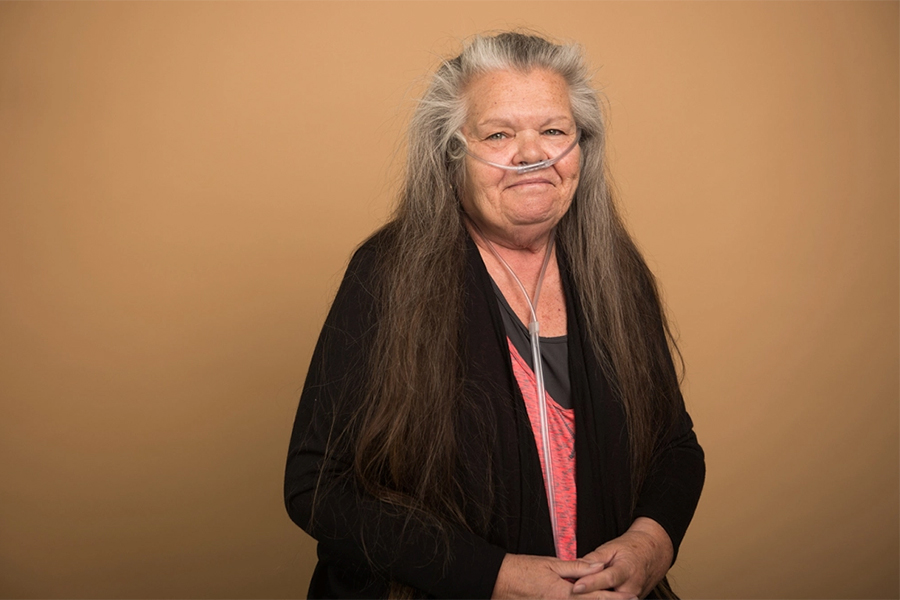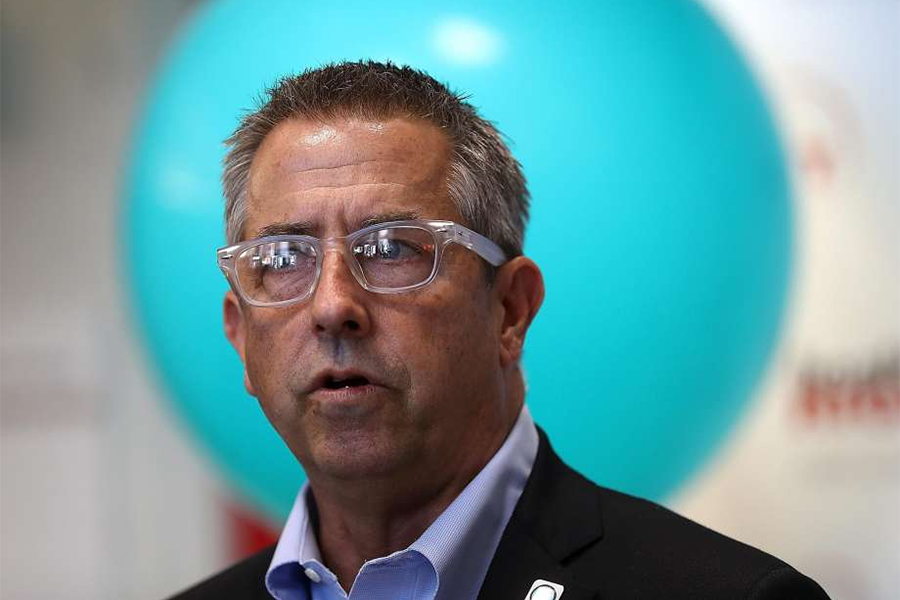The duals experience was supposed to be different in Orange County.
Orange County was the last of seven counties to roll out the state’s duals demonstration project, also known as Cal MediConnect, which combines the resources and services for people dually eligible for Medi-Cal and Medicare.
One of the concerns in the previous six counties’ implementation has been the opt-out rate — that is, the number of people who choose not to participate in the program, rather than be automatically enrolled in it. That was a particular concern because the county with the most duals by far — Los Angeles County — also had the highest opt-out rate, by far.
Until now.
Originally the duals demonstration project was expected to have roughly 33% of participants opt out of the program, but in Los Angeles County the opt-outs at one point hit 61%.
Multiple reasons were advanced to explain the strangely high rate of opt-outs in Los Angeles County — a higher number of independent providers, a number of different health plans serving the area, the sheer size of the state’s biggest county and its diversity of cultures and languages.
All of that was going to turn around in Orange County, where a single insurer served the whole county, one that already had a managed care relationship with the duals population. And even though Orange County had the state’s second-largest population of duals, the county itself is not as sprawling as Los Angeles County.
Add to that the much greater outreach and education effort launched in Orange County — including setting up an extension for enrollment of residents in long-term care facilities who were thought to be more likely to opt out — and you end up with a county that was expected to be the shining example of how to run the duals program, with high retention rates and low opt-outs.
Here’s the kicker: Orange County’s opt-out rate, at least so far, is higher even than Los Angeles County.
It hit 66% last month. In a system of automatic enrollment, people are enrolled if they do nothing — and yet two-thirds of the duals in Orange County actively chose not to participate.
All of that leads to the central question in the Orange County duals program: What exactly is going on here?
A Truly Simple Answer
The simple answer to the high opt-out question — no one knows.
“I’m just as surprised as anyone, and I have no inkling why they’re so high,” said Amber Cutler, staff attorney at the Los Angeles office of Justice in Aging, a not-for-profit senior advocacy and legal aid organization. “It’s really shocking.”
A statement from the Department of Health Care Services had a similar sentiment. Norman Williams, deputy director of public affairs for DHCS, in an email said, “Further analysis is needed to fully understand the higher-than-anticipated opt-out rate.”
Javier Sanchez — chief network officer for CalOptima, the sole health insurer in the Orange County duals program — said no one should expect a change in health coverage for seniors to be easy.
“We knew it was going to be tough,” Sanchez said. “Based on the experience in other counties, and in particular the [Los Angeles] County experience, we knew. This is a big change for people.”
A Slightly More Complex Answer
Sanchez pointed to one possible reason for the high opt-out numbers: insurance brokers in Orange County are running advertisements urging duals to opt out of Cal MediConnect.
“We’re seeing aggressive tactics by insurance brokers, especially in the ethnic community,” Sanchez said. “They’re running ads on radio and TV, using scare tactics for the duals. That they’ll lose benefits, that they’ll lose their freedom, that they’re going to have higher co-payments. None of that is true, of course, but [those messages] are prevalent in the Vietnamese community, for example, so we’re seeing a higher opt-out rate in the Vietnamese communities.”
CalOptima is planning outreach and advertising in those ethnic communities, Sanchez said, “to dispel all of these things.”
“This is their business,” Sanchez said, referring to insurance brokers. “The more duals who stay in Cal MediConnect, their pool for Medicare Advantage shrinks. It is about money.”
According to Sanchez, there may be a small ironic twist to the high opt-out rate. It may be that dual-eligibles in Orange County are getting good care, and so they may want as little change as possible, he said.
“We are tracking all of those reasons, when members opt out,” Sanchez said. “And many of them, they like what they have, they don’t want to change.”
Williams at DHCS said there are two main reasons people opt out. “According to initial analysis of the data, the top two reasons for opt out are that the beneficiary’s primary care physician and/or specialists are not contracted with CalOptima, and [secondly,] beneficiaries prefer to remain in Medicare fee-for-service,” Williams said.
Beneficiaries don’t need to provide a reason for opting out, so that makes it difficult to fully understand why people are doing so, Williams said.
Effect on the Future of the Project?
Whatever the reason for the opt-outs, there is an open question about the viability of the Coordinated Care Initiative. The duals demonstration project is a big component of CCI, and the enrollment numbers are a big component of the duals project.
The state has entertained the idea of shutting down CCI in January 2016 if it’s not financially viable. But Cutler at Justice in Aging said that decision may be based more on replacing the managed care organization tax, which includes about $1.1 billion in federal matching dollars and is due to expire in mid-2016.
“At this point, in terms of the looming CCI budget question [in January],” Cutler said, the Orange County duals numbers have just started to come out, so “it’s too close to have an effect on the decision,” she said.
A bad opt-out number doesn’t really change any conversation about the duals project and CCI but, Cutler said, “a good enrollment number might have helped that conversation.”
Cutler said the numbers to watch are the disenrollment numbers — those people who were passively or voluntarily enrolled, and who choose to drop out of the program.
“If you’re looking at the viability of the program,” she said, “the critical number is going to be the disenrollment rate.”
Meanwhile, Sanchez said automatic enrollment gets more people in the door to try it out. “We are hopeful and confident that when physicians and members start seeing the benefits, we will have better experience over time.”
Sanchez added, “I really think if members get an opportunity to experience the program, they’d be apt to stay in the program.”
Original article by David Gorn of California Healthline on Thursday, September 17, 2015. Find the full article here.










